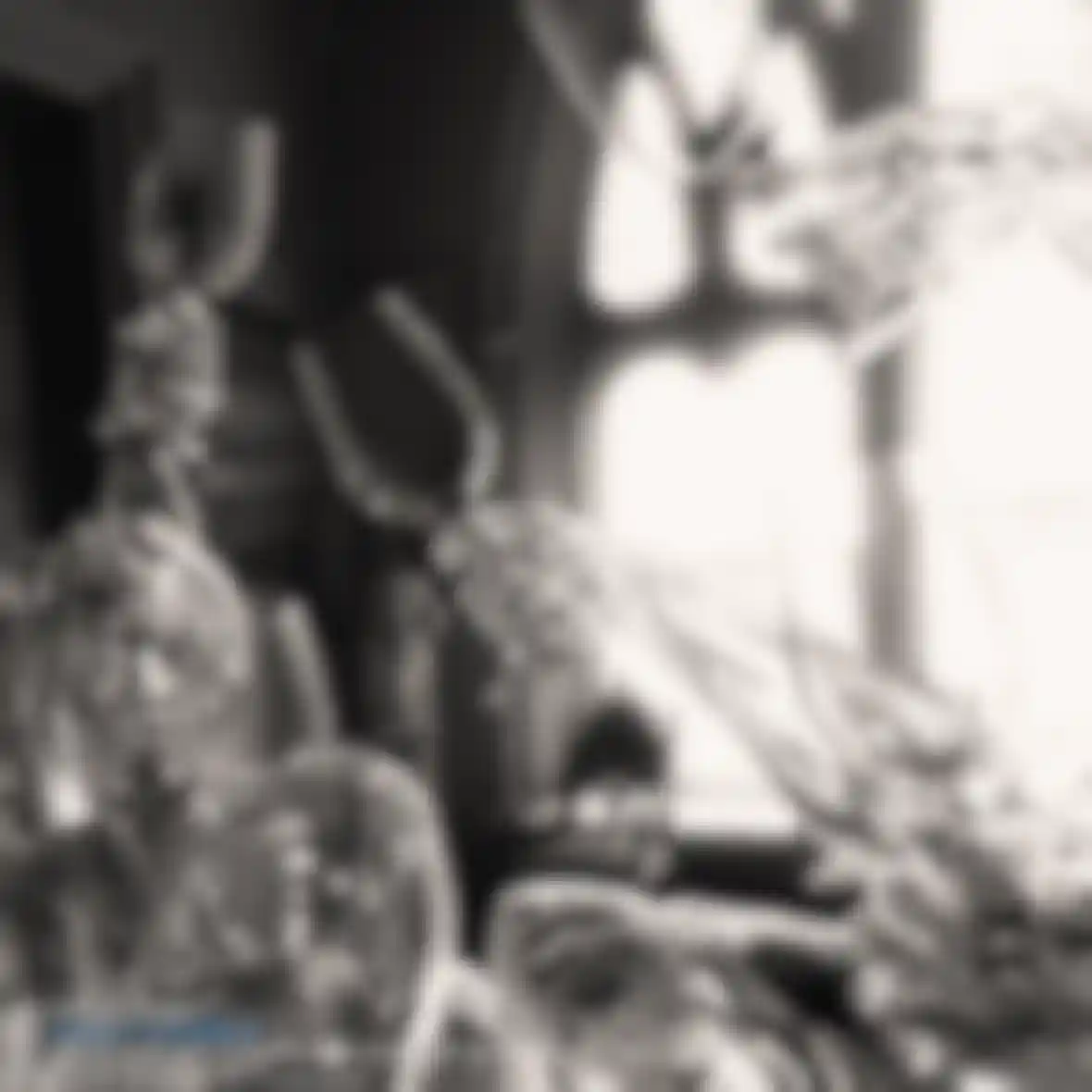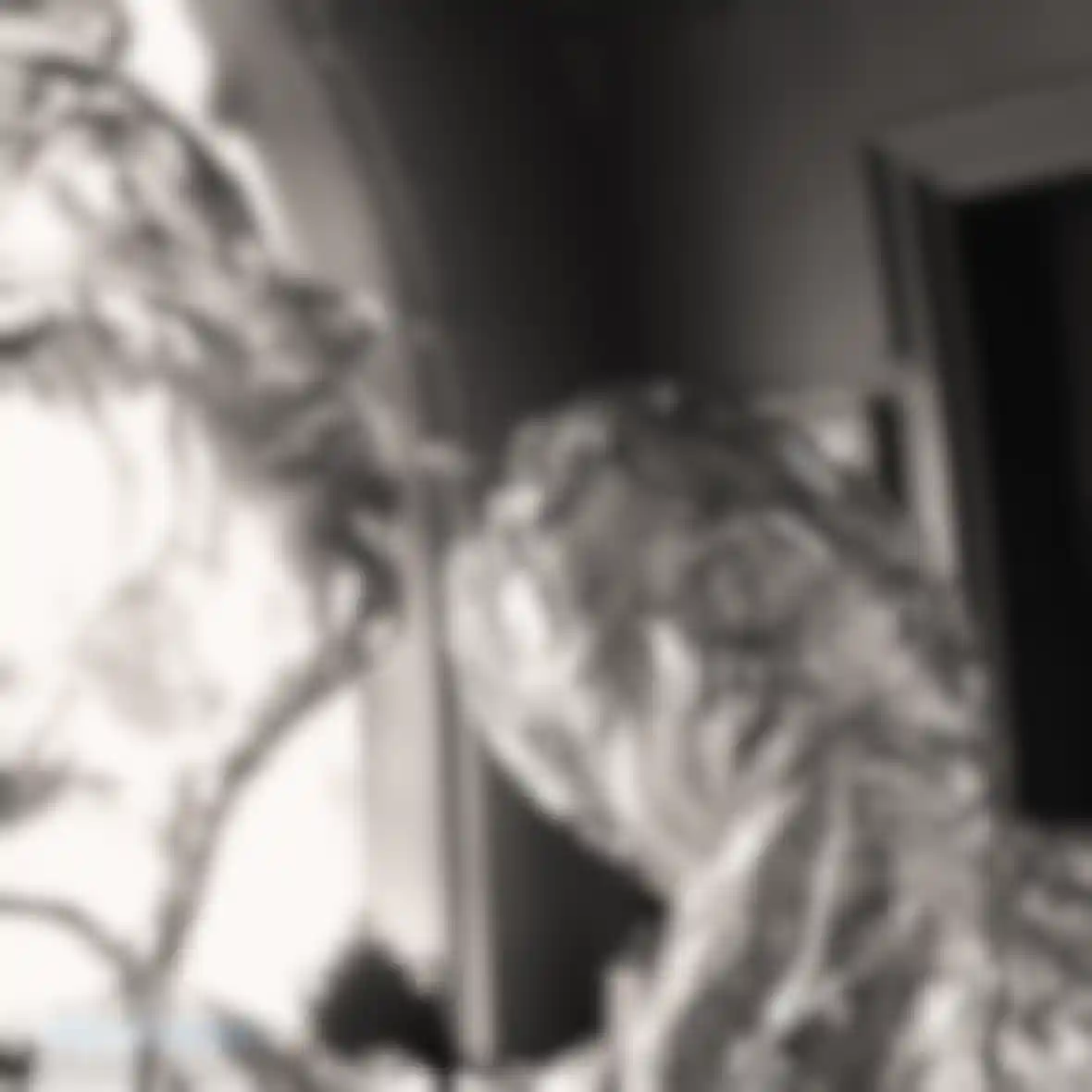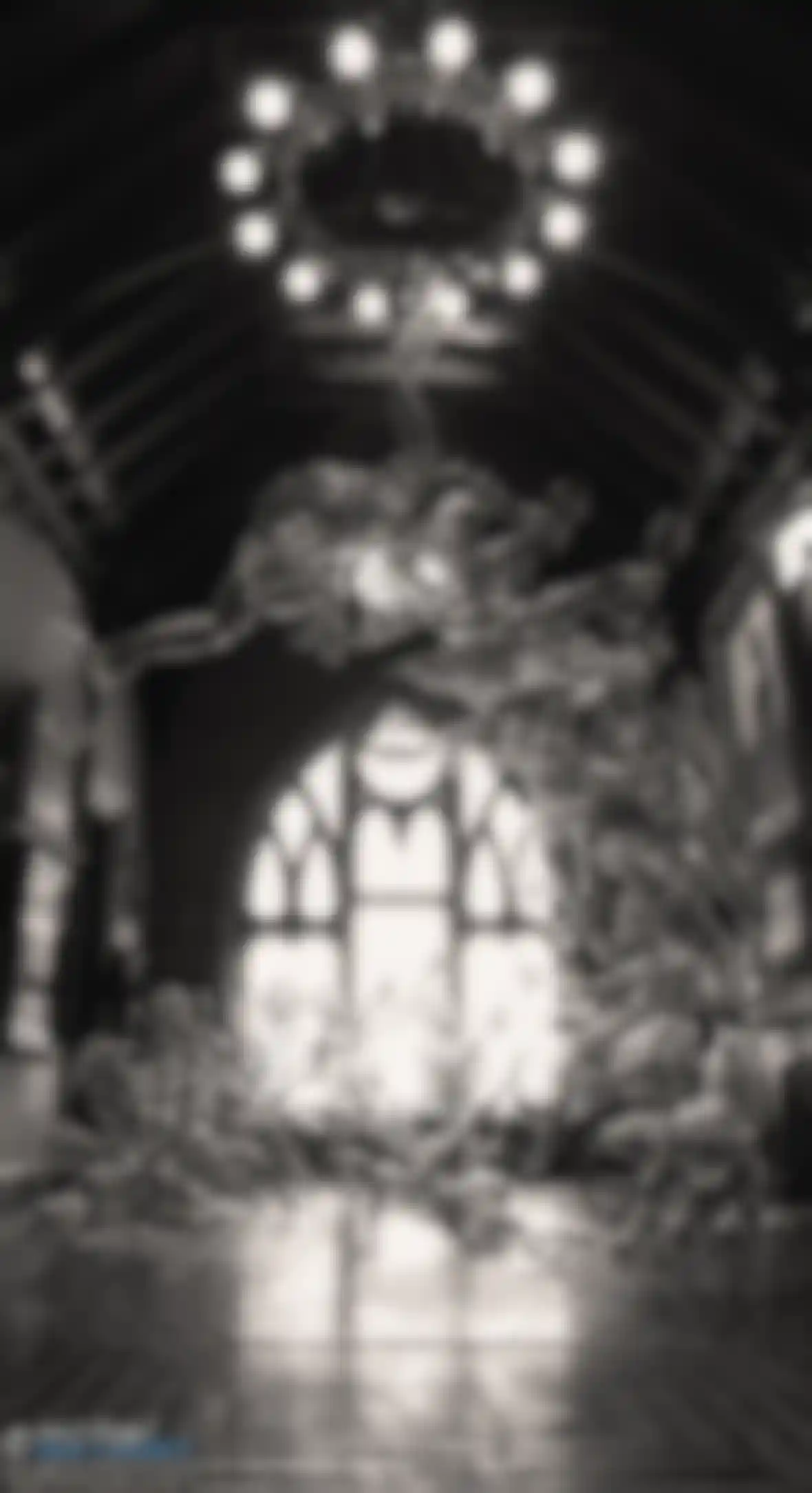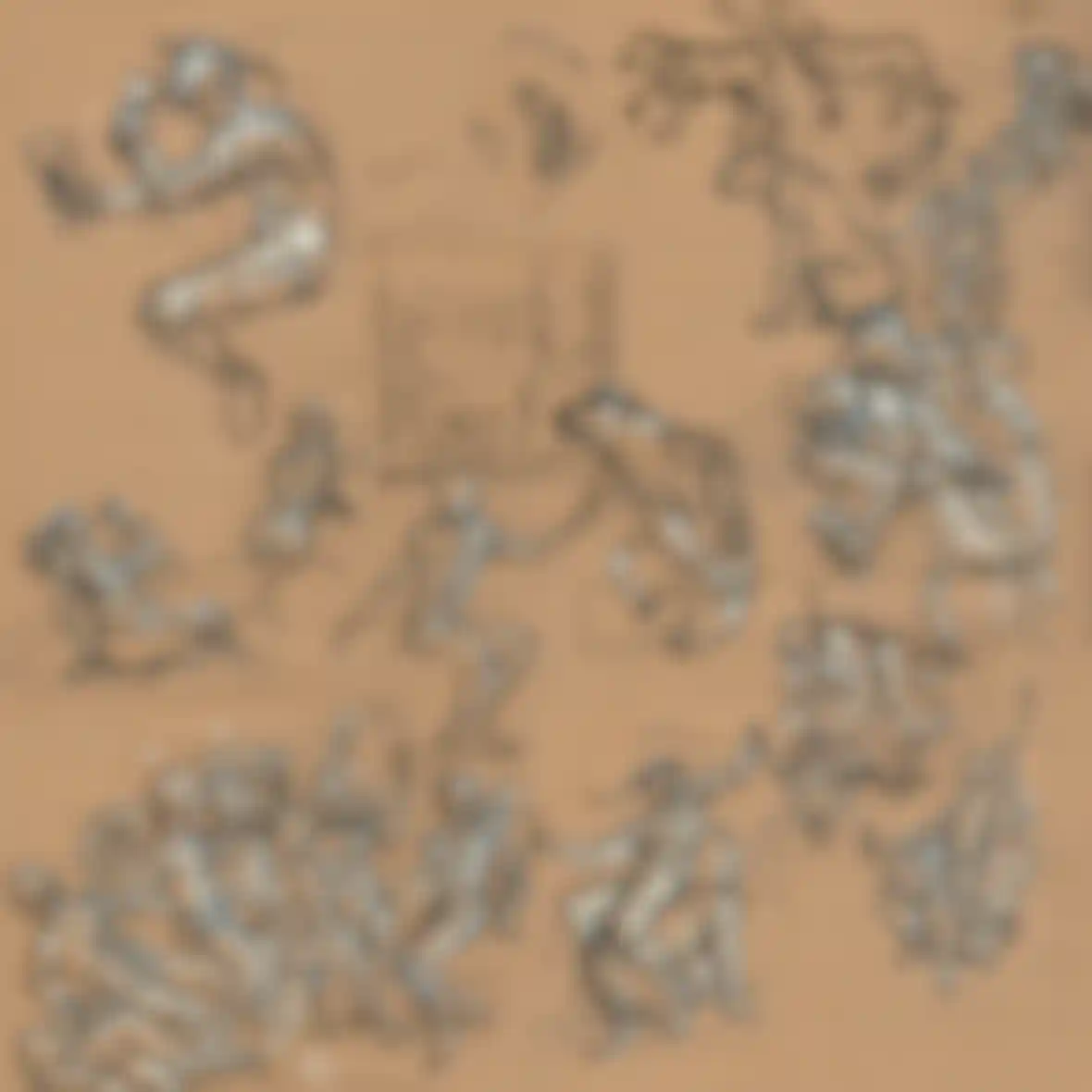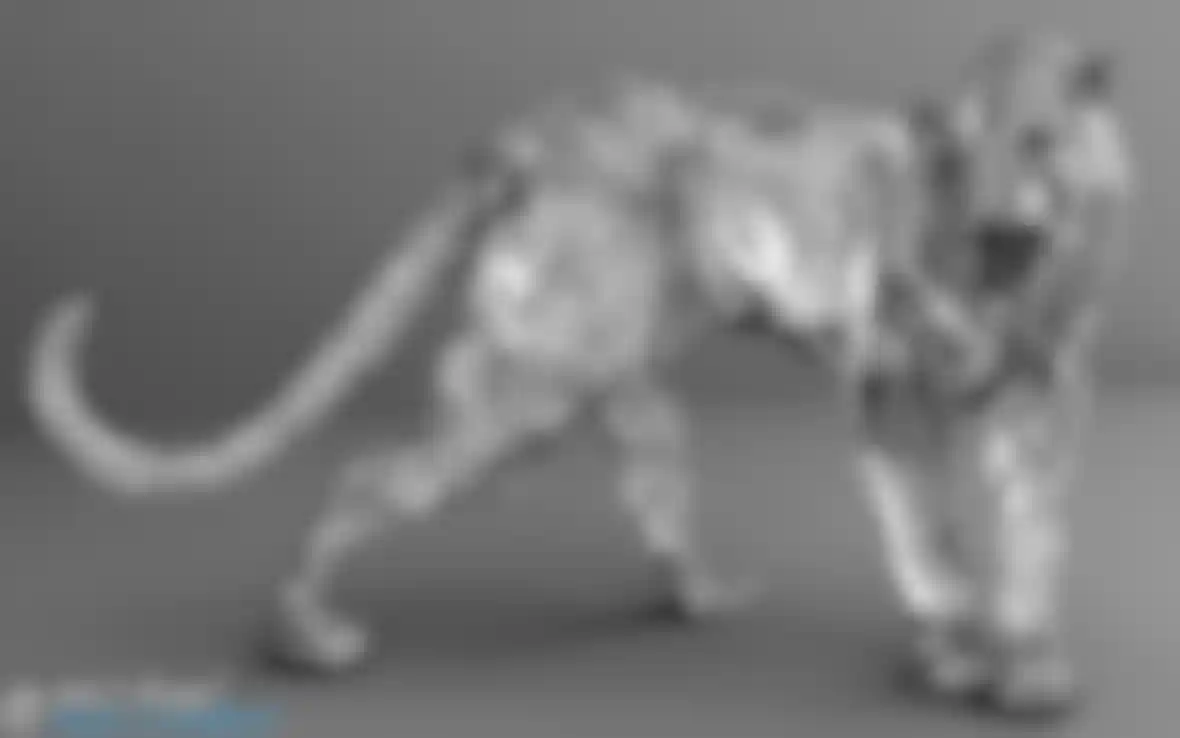
Rebirth of the Aureole by Michael Marcondes Glass sculptures in the legendary restaurant on New York's 5th Avenue.
The plan was to create a glass wine tower made up of classical human figures for the re-opening of Charlie Palmer's Aureole restaurant on New York's 5th Avenue. The figures had to capture the meditative and mythological essence of an aureole - a luminous cloud or halo surrounding sacred persons or objects - yet remain dynamic, flowing and vibrant. The team at Theory Engine decided to take on this challenge.
Using the works of 19th-Century French artist William Bouguereau as a reference, Theory Engine created conceptual designs that were very well received by the client. Bouguereau's paintings were modern interpretations of classical subject matter with a strong emphasis on the female body. "The poses and body expressions [Bouguereau] did were phenomenal and they had the life we were looking for", explains Bram Tihany, Owner of Theory Engine.
CG played a major role in this project from the very beginning. Creating and exploring the expressive motion of stroboscopic imagery could not have been done to this degree using another method. "Because of the organic style required by the client we had to model intuitively and position the figures precisely", explains Banjamin "Selwy" Leitgeb, the project's digital sculptor who breathed life and emotion into each character. "The high polygon count meant that a solution had to be found to reduce the number of polygons and add detail using displacements in Cinema 4D. Another important aspect was making the models physically correct for shading. I refined the figures using zBrush to optimize them for shading. It was a challenge creating a hyper-realistic glass look because the shading is difficult to control - it had to look realistic without looking like plastic."
"In the end we used an extremely high render resolution - with image sizes exceeding 40k. Chromomeric prints, which itself is an amazing technology, will be made of the final results", continues Michael.
All this was done using Cinema 4D's comprehensive and stable standard tool set. "The fact that I had complete control over all features made it possible for me to achieve the final result", says Michael.
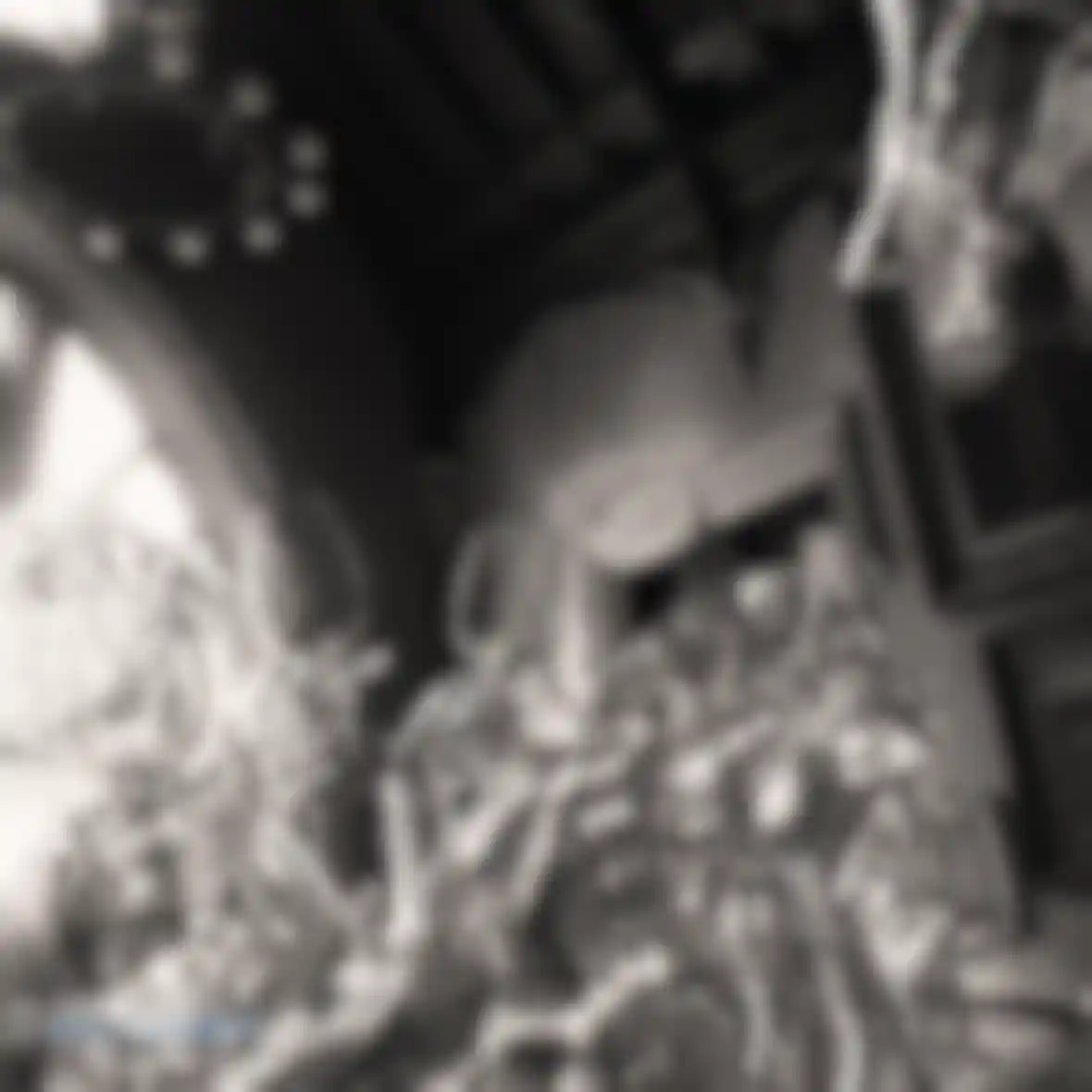
According to Michael, Cinema 4D's strengths with regard to this project lay in its ability to use traditional methods to create light and shadow without having to use GI and still achieve a realistic result at the desired resolution. The software met or exceeded all demands made of it.
Cinema 4D's simpler tools in particular influenced the workflow. Elements such as the Layer Browser or tagging were very important.
"It's difficult to explain to your wife why you are working overtime if all she sees on your monitor is naked women celebrating wine! But they were all only made of glass!", joked Michael.
Michael started to work with Cinema 4D in 2007 and was hooked immediately. "The clear interface design and solid tools were a 'wow factor' for me. It didn't take long to learn how to use the software and get to work." The clearly laid out interface can be confusing, he admits, simply because you can't imagine how powerful the software behind it really is.
"As a freelancer I use numerous programs and I select the best one for each job. I can guarantee that Cinema 4D will be my software of choice for most projects."
Michael remembers when he first started sharing his first Cinema 4D renders with the Cinema 4D community around the world. Everyone was very enthusiastic and was asked which software he had used to create the images. It was very rewarding to see how users were eager to use Cinema 4D when they realized the power it had to offer. "Thanks to Cinema 4D I was able to focus more on being creative than on the technical side of work. It was very refreshing!"
Michael Marcondes
www.michaelmarcondes.com
Bram Tihany
www.theoryengine.com





